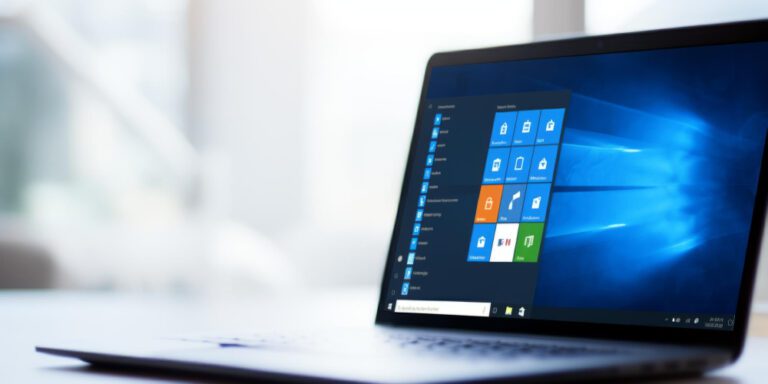Microsoft released Windows 11 as the successor to Windows 10 in 2021. Unlike previous Windows systems, Windows 11 came with an updated set of system requirements.
The main requirements include a relatively modern CPU and support for TPM 2.0. PCs that did not meet the requirements could not be upgraded to Windows 11 using Windows Update.
While Microsoft introduced a bypass to install Windows 11 on devices that do not meet system requirements, it warned users about the consequences. According to Microsoft, PCs that do not meet the system requirements of Windows 11 are not entitled to receive the update.
While cumulative updates installed fine on unsupported Windows 11 machines until now, the same can’t be said for new feature updates.
This year, Microsoft blocked a method of installing operating systems on unsupported hardware. This prevented the installation of Windows 11, version 24H2, even on very old systems, even if previous versions installed just fine.
slow conversion
Third-Party Statistics Service StatCounter Monitors traffic on over 1.5 million websites. The company considers Windows 10 to be the leader when it comes to Windows PCs.
Windows 10 usage share is more than 61 percent by November 2024. Windows 11 is in second place with about 35 percent share.
Windows 10 loses about one percent per month and Windows 11 gains that percent. With eleven months of support left for Windows 10, it’s clear that conversions need to accelerate to make it past Windows 10 by October 2025.
Millions of PCs will not be upgraded to Windows 11 or replaced with Windows 11 devices until October 2025. This will leave these customers without support, unless they plan to purchase extended security updates.
Microsoft is making these available to home users, businesses, and enterprise customers for the first time. Home users can subscribe for one year of update extensions, while business and enterprise customers get the option to extend to three years.
System requirements remain here
Microsoft could reduce the pressure on its customers and do something for the environment if it changed the system requirements of Windows 11.
According to Microsoft, at least one requirement cannot be compromised. Microsoft employee Steven Hosking explains in a long blog post It has been told on the company’s Windows IT Pro blog that TPM 2.0 is necessary for Windows 11.
The Trusted Platform module is also used for cryptographic operations and storage. Devices that don’t support it are blocked from upgrading, but as mentioned above, there are some ways to get around this.
With Microsoft stepping on the ground, the only other potential lever left is processors. This will allow systems with TPM and latest processors to upgrade to Windows 11.
concluding words
Although it seems doubtful that Microsoft is relaxing the requirements, external pressure may force Microsoft to do so.
Over 100 million incompatible systems and customers could potentially be lost in October 2025 if Microsoft decides to play hardball and customers decide not to replace their perfectly fine PC with a new one.
Windows 10 users have a few options other than upgrading to Windows 11.
Do you use a PC with Windows 10 or an older version of Windows? What are your plans going forward? Feel free to leave a comment below.
Thanks for reading..




